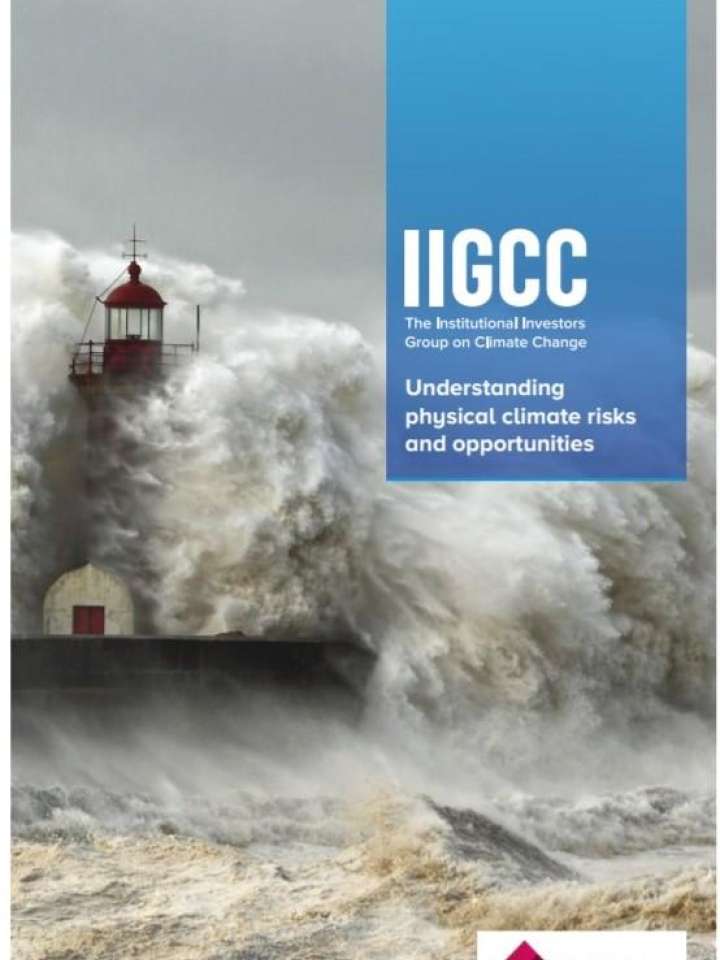Understanding physical climate risks and opportunities
More frequent and more extreme weather and climate events, as well as gradual shifts in rainfall patterns, temperature, sea levels, sea ice and glacial retreat, are some of the climate changes already underway. Physical risks are here now and will continue to unfold, with financial implications throughout the investment chain. Many asset owners and managers recognise climate change as one of the largest systemic risks to their investment portfolios. To date, however, relatively little attention has been paid to how institutional investors might assess and report on the physical risks and opportunities arising from climate change.
This article aims to:
- Better understand the investment implications – both risks and opportunities – resulting from the physical impacts of climate change.
- Take practical steps to identify, assess and manage climate-related physical risks across their portfolios, through the approaches covered in the guidance.
- Identify ways to invest in solutions that support greater resilience to climate change as well protecting investments from physical-climate related risks. Both approaches are key to strengthening broader societal adaptation to climate change.
- Draw on additional available tools and data sources in identifying and assessing specific risks, and opportunities, across different asset classes.
Explore further
